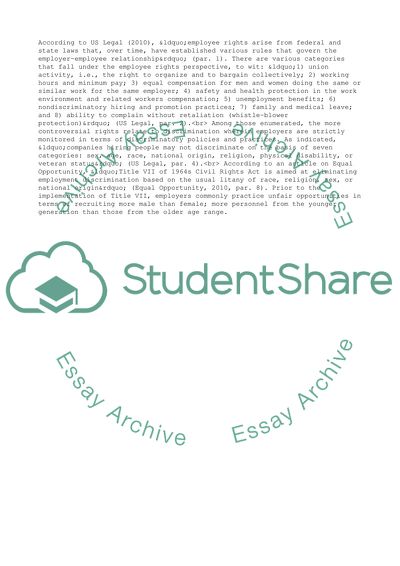Cite this document
(Enhancing Employee-Management Relations Term Paper, n.d.)
Enhancing Employee-Management Relations Term Paper. Retrieved from https://studentshare.org/management/1743181-enhancing-employee-management-relations
Enhancing Employee-Management Relations Term Paper. Retrieved from https://studentshare.org/management/1743181-enhancing-employee-management-relations
(Enhancing Employee-Management Relations Term Paper)
Enhancing Employee-Management Relations Term Paper. https://studentshare.org/management/1743181-enhancing-employee-management-relations.
Enhancing Employee-Management Relations Term Paper. https://studentshare.org/management/1743181-enhancing-employee-management-relations.
“Enhancing Employee-Management Relations Term Paper”, n.d. https://studentshare.org/management/1743181-enhancing-employee-management-relations.


